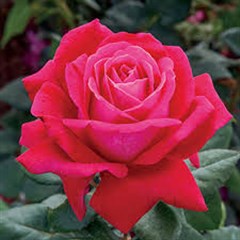Edible Flowers
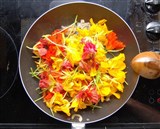
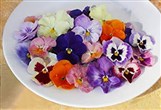

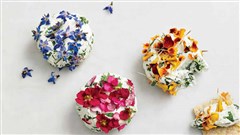
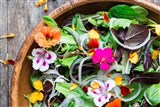
The use of flowers in the kitchen dates back thousands of years to the Chinese, Greek and Romans. Flowers used in dishes in many cultures can add color and flavor to dishes. It can be used as a garnish in salads, teas and desserts. It also inspires creative uses. For example, you can add flower ones to your ice cream and spicy ones to your handmade pasta dough. You can use gladiolus instead of squash blossoms in stuffed squash blossoms, which are similar flowers, and prepare syrups to add flavor to your drinks.
25 edible plants that will inspire you in your kitchen:
Marshmallow (Hibiscus):
You can use hibiscus, which is known to have many benefits and is consumed as tea, in your desserts, tarts and cocktails.

- Yellow Daisy (Chamomile):
Chamomile, which is often used in teas, can be used fresh or dried, and you can consume its leaves in salads and soups.
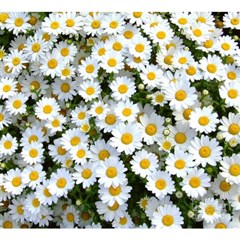
- Dandelion: You can use fresh dandelion greens in salads and sandwiches. It can also be consumed sautéed or boiled like other greens. Dandelion cream soup, a traditional soup in French cuisine, is made. You can also consume it by frying it. Specification:
Materials:
½ teaspoon cumin
½ teaspoon coriander
½ teaspoon red pepper
a pinch of salt
Cooking Method:
Remove the green part attached to the base of the flower
Wash the flowers in cold water.Do not dry them.
Mix flour and spices in a bowl.
Heat the oil in a pan.
Dip each flower into the flour and spice mixture and place the flower side down on the bowl, fry until golden brown for about 2-3 minutes and turn the flowers over, browning for a further 2 minutes.
Remove from the pan and drain on a kitchen towel.
And enjoy the flavor :)
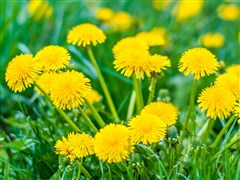
- Lavender: Lightly scented lavender adds a wonderful aroma when sprinkled on desserts such as chocolate cake, and you can also consume it with your cocktails and vanilla ice cream.
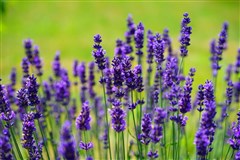
- Honeysuckle: You can use the leaves of the magnificently scented honeysuckle as syrup, in teas or in puddings. The flowers of some honeysuckle species are edible, but Japanese honeysuckle is the best with its honey-like flavor. Its fruits are inedible because they are poisonous.
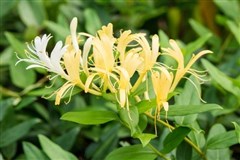
- Borage:
The blue star-shaped flowers of the Borage plant, which has been used in salads since the Elizabethan age with its cucumber-like taste, also add flavor to refreshing cocktails such as lemonade.
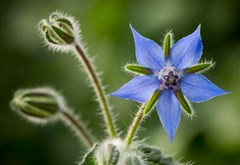
- Pansy:
You can consume pansy, which has a herby taste, in flavored summer cocktails, in fruit salads or on toast with cheese.Violets are a plant whose flowers and leaves, except for its roots, are edible. You can use its leaves in soups and salads or boil them, and you can sprinkle its flowers on salads and add them to cakes and pancakes.
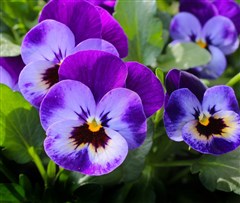
All flowers of the onion family, which includes about 800 species, are edible, although their flavor is typically milder than the greens. Its leaves and purple flowers can be added to salads or salad dressings.
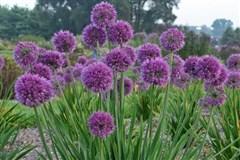
- Angelica: It has a taste similar to licorice.
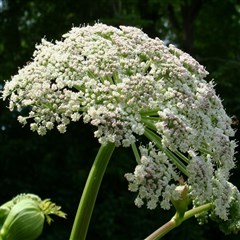
- Alpine Carnation (Dianthus):
Its leaves and flowers have a sweet perfumed aroma. This aroma harmonizes beautifully with sugar, oil and vinegar.
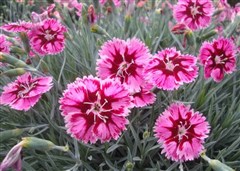
- Calendula Officinalis: Its peppery tang and spicy taste and gorgeous golden color add flavor and color to dishes.
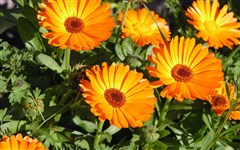
- Citrus: Orange lemon kumquat grapefruit: Sweet and very fragrant citrus flowers are used together with the fruit in recipes due to their intense aroma.
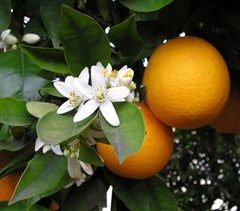
- Chrysanthemum: The aroma of these flowers, only the leaves of which are edible, is quite bitter and can be used instead of pepper and cayenne.

- Gladiolus: Gladiolus, whose leaves can be used as a salad garnish, can be stuffed just like zucchini flowers.
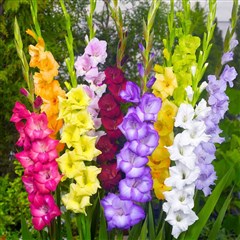
- White Chicory (Chicory):
You can boil white endive, which has a bitter taste, and add it to salads, mix it with other greens to balance its dominant taste, and consume its leaves as a cooked vegetable.
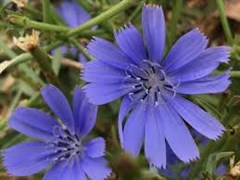
As you know, magnificently scented jasmines are generally used in teas. However, you can also use a small amount in sweet dishes and add a great flavor to your food.
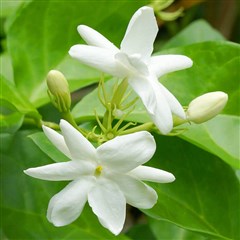
With its slightly hazelnut-like taste, the leaves add a distinctive aroma to salads and fries. Its buds, leaves and seeds are edible.
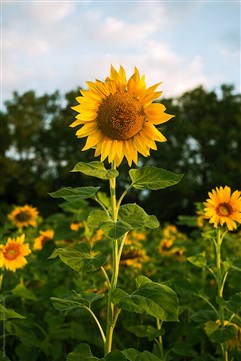
- St. John's Wort (Bachelor's Button): Blue St. John's Wort, also known as cornflower, has a taste similar to cloves.
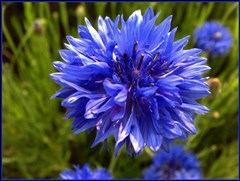
- Bergamot/Monarda (Bee Balm):
With a scent reminiscent of Earl Gray tea, the flowers and young leaves of this plant have an intense mint aroma with undertones of citrus and thyme. Monarda flowers can be added to cakes, drinks or salads.
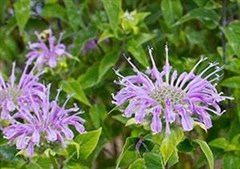
- Fuchsia: You can make wonderful garnishes with fuchsia, which has a slightly acidic taste.
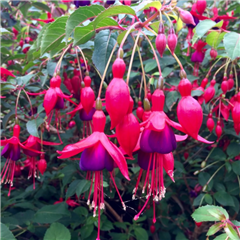
This plant, known as mallow, has many medicinal benefits and its flowers and leaves can be eaten. You can add it raw to your salads.
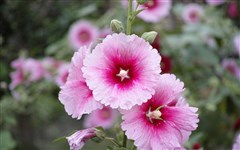
You can use the flower, whose petals have a surprisingly sweet taste, in salads or cocktails.
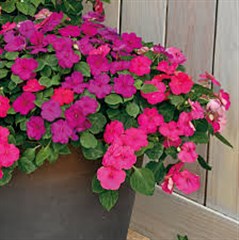
You can enjoy the wonderfully colorful and fragrant lilacs by mixing them with cream cheese or yoghurt.
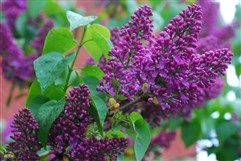
This flower, which has a slightly peppery taste, adds a yellow color and a saffron-like flavor to dishes. You can consume it with beef such as carpaccio, or enjoy this flower with salty purees.
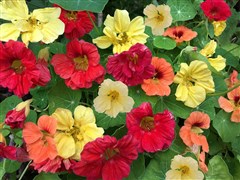
You can use roses, which have a fruity taste, in many recipes, from teas to salads, soups, jams and desserts. The flavor is more pronounced in darker colored roses.
